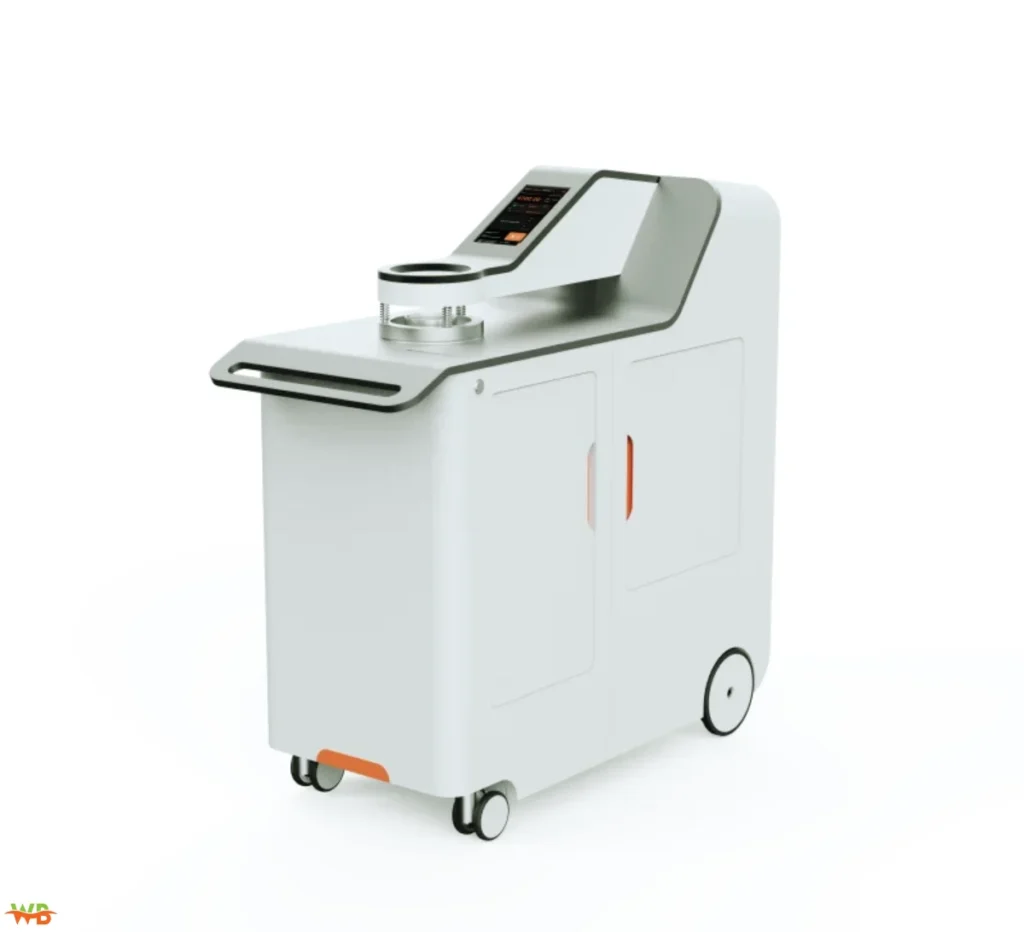In today’s fast-paced and constantly evolving textile industry, manufacturers and consumers alike are becoming increasingly aware of the need for high-performance fabrics that offer both comfort and functionality. Among the various factors that determine fabric performance, air permeability plays a crucial role in ensuring that textiles meet specific quality standards for comfort, breathability, and durability. This is where air permeability testers come into play. These instruments measure how easily air can pass through a fabric, helping manufacturers assess and control the breathability and ventilation properties of their materials. This essay explores the importance of air permeability testers in the textile industry, their working principles, applications, and their role in ensuring quality control.
What is Air Permeability?
Air permeability indicates how well a fabric facilitates the passage of air. This property is critical in a wide range of textile applications, particularly in clothing and outdoor gear. Fabrics with high air permeability allow for better ventilation and breathability, which is vital for comfort, especially in sportswear and activewear. On the other hand, fabrics with low air permeability can provide better protection against wind, water, and other environmental factors. The right balance of air permeability in a fabric ensures that it performs effectively for its intended purpose.
Air permeability is measured in terms of the volume of air that passes through a fabric under a specified pressure and surface area. The unit of measurement is typically cubic centimeters per square centimeter per second (cc/cm²/s). To ensure accurate and consistent results, testing methods are standardized and must be performed under controlled conditions.
The Role of Air Permeability Testers
Air permeability testers are essential tools used to measure the air permeability of fabrics. These testers provide precise and repeatable results, making them indispensable in both product development and quality control within the textile industry. The testers are designed to apply a specified air pressure to the fabric sample and measure the amount of air that passes through it. This data helps manufacturers evaluate the fabric’s performance in terms of breathability, comfort, and suitability for various applications.
One of the most commonly used types of air permeability testers is the “horizontal airflow method,” in which the fabric is placed on a flat surface, and the air is blown through it. Another popular method is the “blowing wind” or “fan method,” which simulates real-world airflow through the fabric. Each method has its advantages, depending on the specific fabric characteristics and testing conditions.
By using an air permeability tester, manufacturers can determine whether a fabric meets the required specifications for specific end uses, such as in the production of activewear, medical textiles, or industrial fabrics. Furthermore, these testers allow manufacturers to compare the air permeability of different fabrics, enabling them to select the most suitable material for their products.
Applications of Air Permeability Testers
Air permeability testers are used in a wide range of textile applications. Some of the most common industries and areas where these testers are applied include:
-
Sportswear and Activewear: Fabrics used in sportswear, such as running clothes, gym wear, and outdoor gear, must have a high level of air permeability to ensure proper ventilation. This helps regulate body temperature and wicks moisture away from the skin. An air permeability tester helps manufacturers of these garments ensure that the fabrics used can provide the desired level of breathability.
-
Medical Textiles: In the medical industry, air permeability is critical for the comfort and performance of textiles used in products such as surgical gowns, face masks, and bandages. Medical textiles must allow air to pass through while also preventing the penetration of harmful microorganisms. Air permeability testers help in ensuring that these products meet health and safety standards.
-
Industrial Fabrics: Fabrics used in industrial applications, such as tents, protective clothing, and filtration systems, need to have specific air permeability characteristics. Testers help ensure that these fabrics meet the durability and performance requirements for extreme environments.
-
Home Textiles: Products like curtains, upholstery, and bedding materials also require specific levels of air permeability to maintain comfort and hygiene. Air permeability testers assist in evaluating how these fabrics will behave in real-world conditions, such as temperature changes and humidity.
-
Textile Research and Development: Research laboratories use air permeability testers to study the properties of new fabric materials and coatings. These tests allow researchers to create innovative fabrics that combine multiple performance attributes, such as water resistance, UV protection, and breathability.
The Working Principle of Air Permeability Testers
Most air permeability testers operate based on a straightforward principle. A fabric sample is placed in the tester’s test chamber, and a controlled airflow is introduced from one side of the fabric. The air passes through the fabric, and the amount of air that penetrates is measured. The results are often recorded as the airflow rate per unit area.
One of the key aspects of air permeability testing is the regulation of testing conditions. For instance, the pressure at which the air is introduced to the fabric, the temperature and humidity levels in the testing environment, and the size of the fabric sample are all controlled variables. This ensures that the test results are reliable and comparable across different fabric types and testing environments.
Some advanced air permeability testers include features such as digital readouts, automated sample loading, and data analysis software. These features provide higher precision and make the testing process more efficient, particularly in high-volume production environments.
Quality Control and Compliance with Standards
Air permeability testers play a vital role in ensuring that textile products meet both industry standards and consumer expectations. Standards organizations such as ASTM International, ISO (International Organization for Standardization), and AATCC (American Association of Textile Chemists and Colorists) have established guidelines for air permeability testing. Manufacturers use air permeability testers to ensure their fabrics meet these standards, which can vary depending on the intended application of the fabric.
For instance, activewear manufacturers need to adhere to specific air permeability standards to ensure that their products offer the necessary breathability. Similarly, medical textiles must comply with standards related to air permeability, as these products are required to balance comfort with protection against contaminants.
By regularly using air permeability testers, manufacturers can monitor the performance of their fabrics and ensure that they maintain the desired quality over time. This is particularly important for mass production, where consistent quality is essential to maintain brand reputation and consumer satisfaction.
Conclusion
Air permeability testers are indispensable tools in the textile industry, helping manufacturers assess and control the breathability and ventilation properties of fabrics. Whether used for sportswear, medical textiles, industrial fabrics, or home textiles, these testers ensure that fabrics meet the required performance specifications. Leading brands like Textile Testing Machine-TESTEX offer advanced solutions that further enhance testing accuracy and efficiency.
As consumer demand for high-performance textiles continues to rise, the role of air permeability testers in maintaining product quality will only become more critical. By providing precise and reliable measurements, these testers enable manufacturers to develop fabrics that balance comfort, functionality, and durability, contributing to the overall success of the textile industry.
In an industry where innovation and quality are paramount, the use of air permeability testers is a fundamental practice that supports the creation of advanced, high-performance textiles. As the textile market grows and diversifies, these tools will continue to play a pivotal role in shaping the fabrics of the future.
For more information on textile testing methods/standards
or textile testing machines, contact us:
What’s App: +86 180 2511 4082
Tel: +86 769 2329 4842
Fax: +86 769 2329 4860
Email: sales@chiuvention.com sales@tes.hk

I’m Salman Khayam, founder of Wellbeing Junction. I synthesize trusted information from research and expert guidance to create clear articles across health, wellness, and lifestyle topics.
Disclaimer: Content is for informational purposes only and is not medical advice. Consult a qualified expert regarding personal health or specialized questions.




